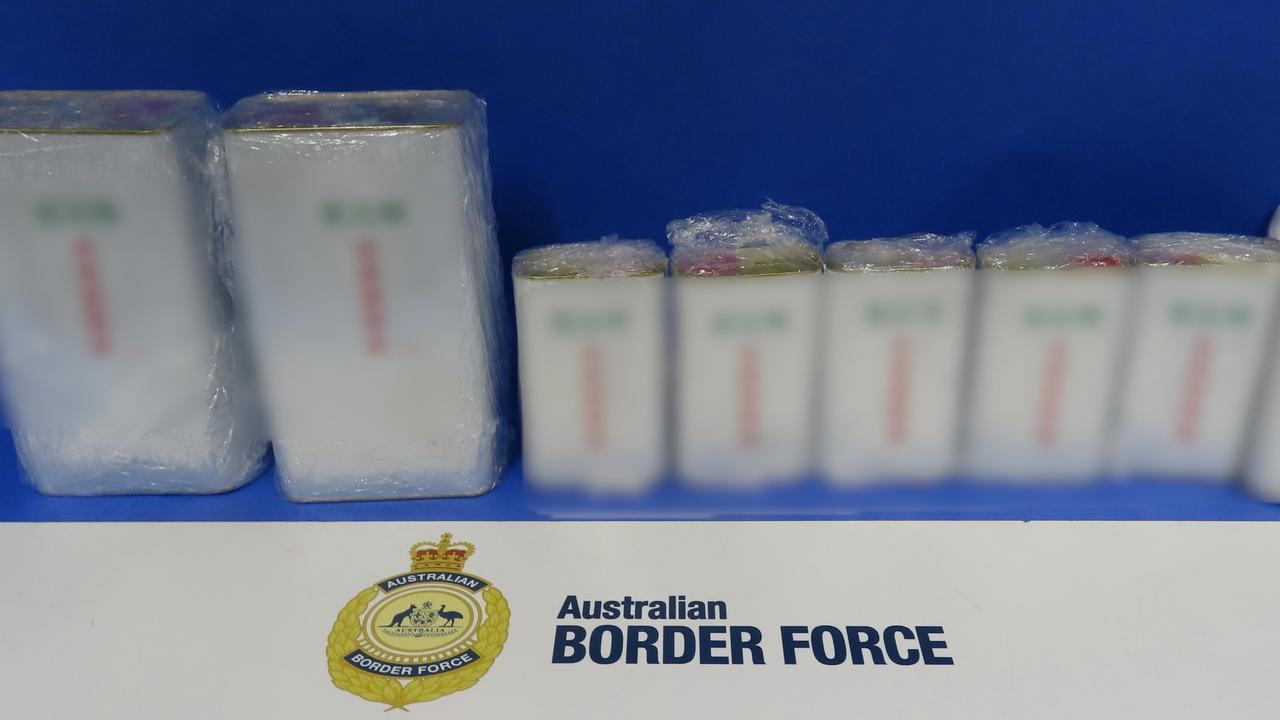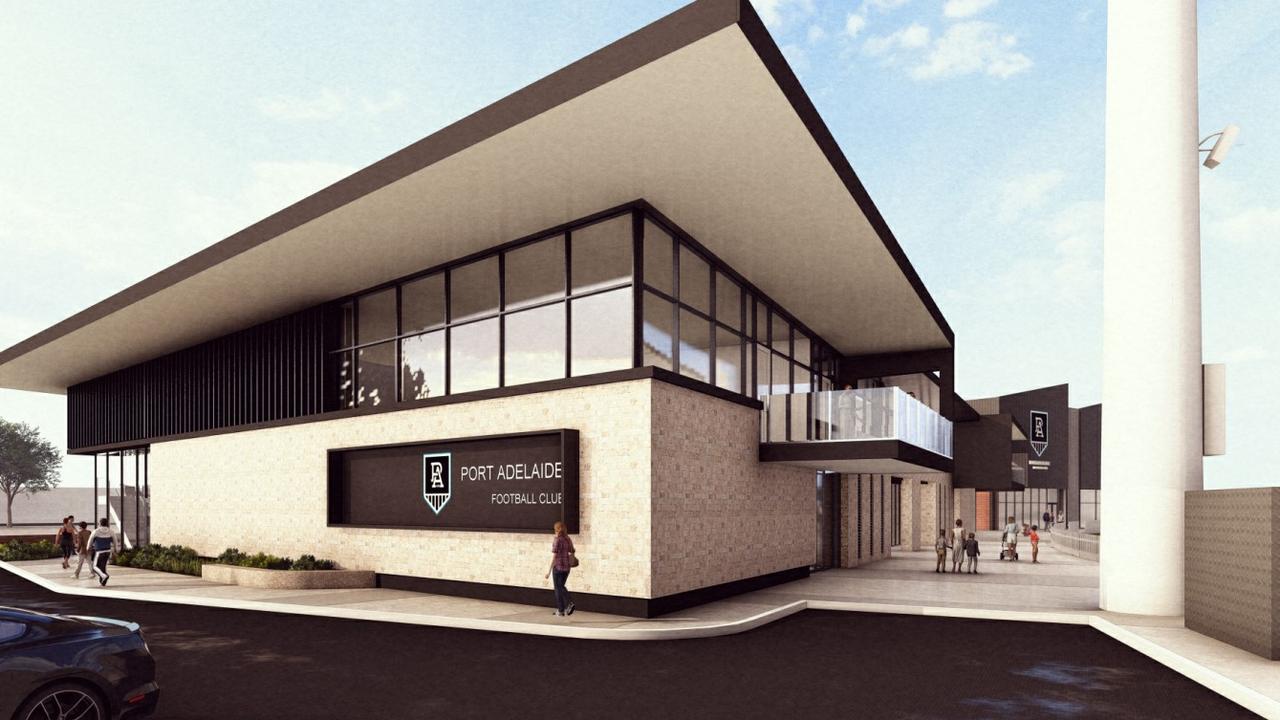AGL Torrens Power Station investigates accidental release into Port River of brightly coloured foam cleaning balls
Foam balls which were mistakenly released into the Port River by a power plant operator could cause a “slow, painful death” to animals, a wildlife expert warns.
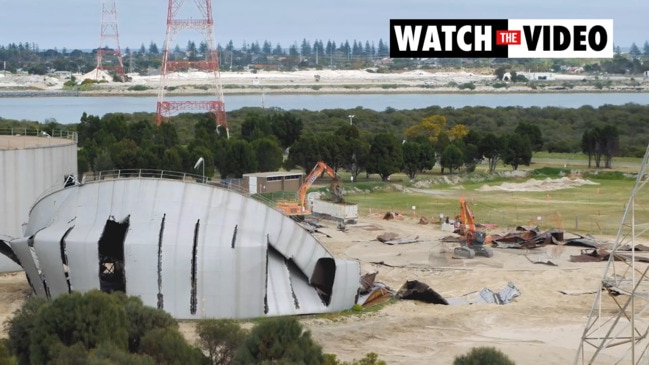
SA News
Don't miss out on the headlines from SA News. Followed categories will be added to My News.
Foam balls mistakenly released into the Adelaide Dolphin Sanctuary could cause marine mammals and birds a slow, painful death, a local wildlife warrior says.
AGL is investigating how brightly-coloured foam cleaning balls escaped its power plant on Torrens Island and washed up on the banks of the Port River over the weekend. It is understood it is not the first time it has happened.
Aaron Machado, founder and director of operations at the Australian Marine Wildlife Research and Rescue Organisation on Torrens Island, said this was “absolutely” a worry for wildlife.
“Birds can eat them, marine mammals can eat them, turtles can eat them, and we have all three in the Adelaide Dolphin Sanctuary,” he said.
“I would have grave concerns for any animal that chose to eat those balls, because that does not digest, it creates gastrointestinal blockage and impaction, so everything they eat after that now starts to back up.
“The animal can‘t pass faeces, and before you know it, it becomes extremely painful, such excruciating pain and they die a slow, painful death.”
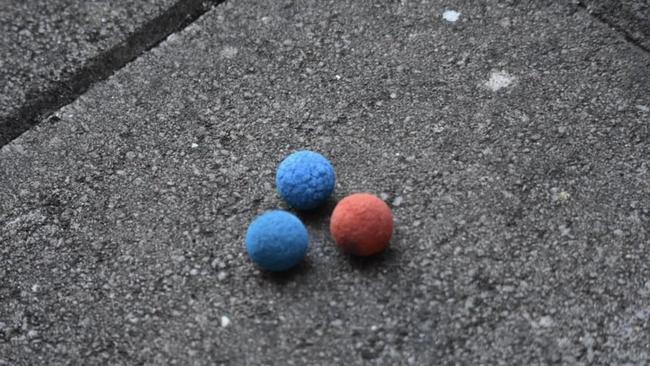
Whale and Dolphin Conservation Australasia research fellow Dr Mike Bossley said it was unlikely that dolphins would eat the foam balls, “but fish might and dolphins eat fish”.
“Birds may also eat them,” he said.
EPA investigators attended the site on Monday and are now investigating what led to the release of the balls.
“The balls found to date were either on or near the shore, or pushed by the tide into nearby mangroves,” a spokeswoman said. “Ingestion by wildlife is possible.”
While an unspecified number of balls have already been recovered, the EPA has directed AGL to continue to survey the marine and land environment around the operation and to retrieve further balls if found.
The EPA is “not aware” of this occurring before at the site and said it was too early to discuss a penalty or any other outcome.
“The EPA is conducting further investigations and thanks members of the public for reporting this matter,” she said.
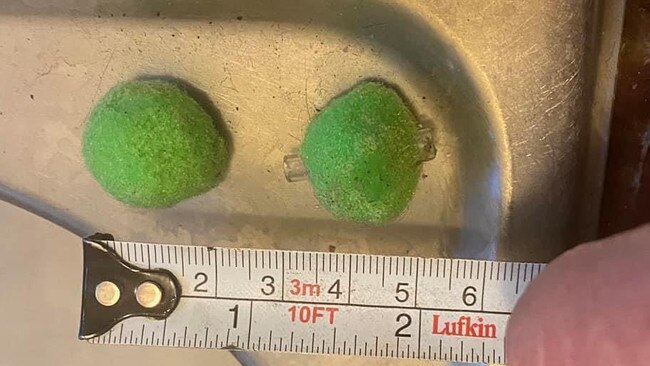
A local named Eddie first spotted the small foam balls and posted a photo on the private facebook group “You Know You’re From Port Adelaide / LeFevre Peninsula When …”:
“Does anyone here work at AGL Torrens Island or someone that might know what these suckers are? They’re coming out around the AGL hot water outlet. They were floating everywhere, washing up against the rocks when I was fishing,” he said.
Then Jo @MoarToast took up the cause on Twitter, tagging AGL and demanding an explanation: “Hey @AGLAustralia what the hell is this coming from your plant?” and then later, “Nobody cares? We’re OK with this then? @AGLAustralia”.
Brett Fewings replied: “I used to work in a power station in NSW, and these things look like the soft foam abrasive covered balls that were shot through the condenser tubes to clean them out. The tubes used to fill with slime and small clams. If that’s what they are they shouldn’t be able to escape.”
Hey @AGLAustralia what the hell is this coming from your plant? pic.twitter.com/rCAcl84nFZ
— Jo (@MoarToast) November 7, 2021
On Monday afternoon, AGL Australia replied:
Hello @MoarToast,
— AGL Australia (@AGLAustralia) November 8, 2021
We are investigating how a small number of foam cleaning balls were washed up on the shoreline of the Port Adelaide River over the weekend. (1/3)
AGL sent a similar response to questions from The Advertiser but failed to answer the question everyone on Twitter is asking: “How many balls?”
“AGL is investigating how a small number of foam cleaning balls were washed up on the shoreline of the Port Adelaide River over the weekend,” a spokeswoman said in a statement.
“These foam cleaning balls are used regularly to reduce build up in our condensers as part of our routine maintenance activities.
“AGL has conducted a clean-up of the area and will continue to monitor the situation, working closely with the EPA, as well as the local community and other river users.”
The EPA has confirmed investigators attended the site on Monday and that the balls were used to clean the condenser pipes, but emphasised there were “no chemicals involved”.


